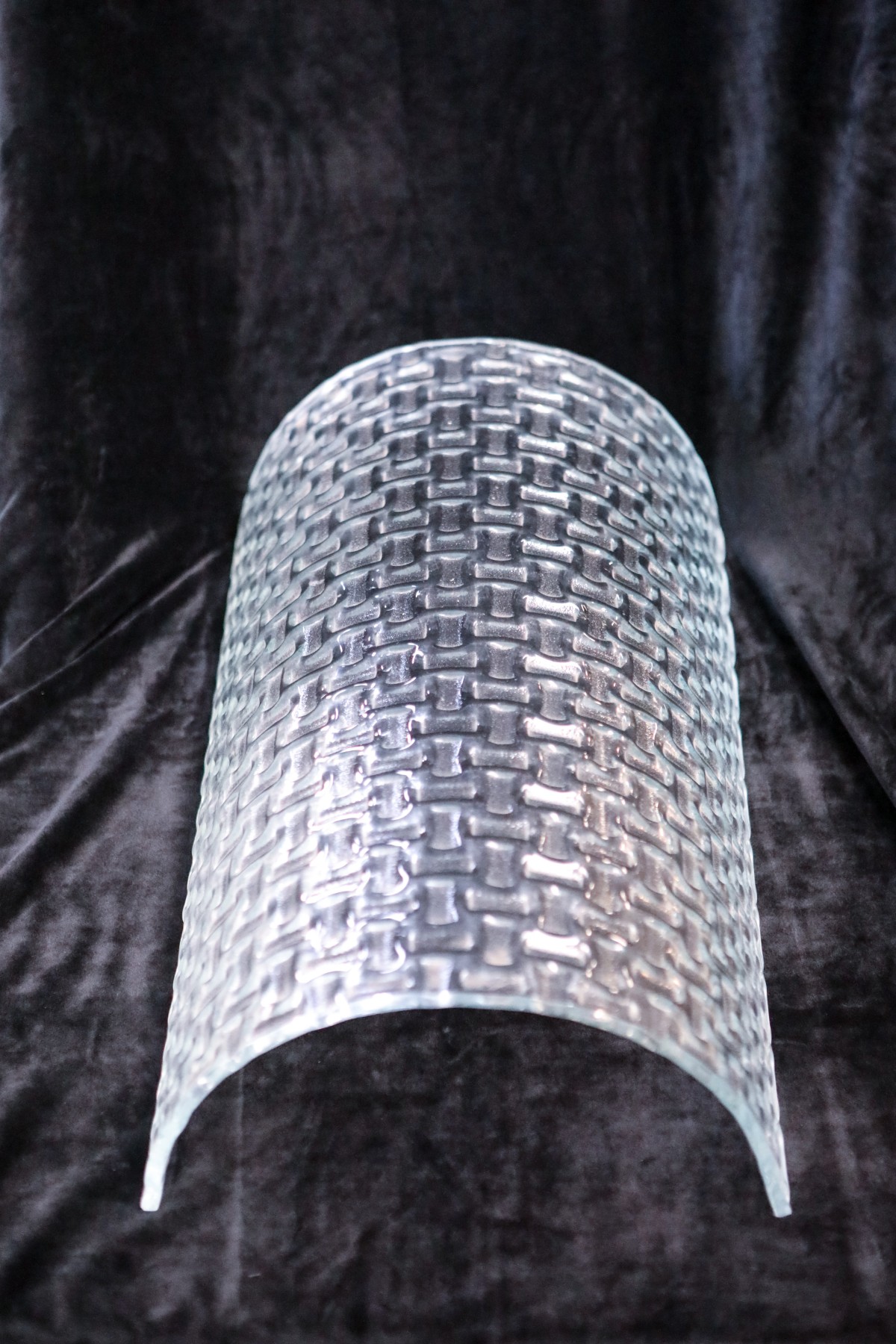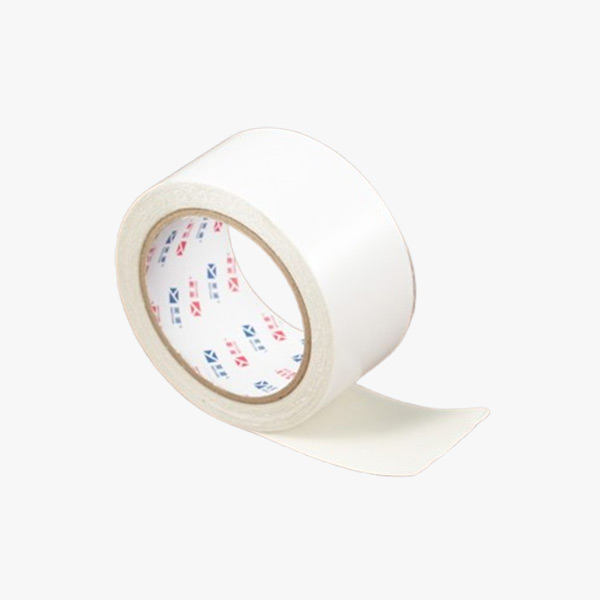Sapphire glass has gained significant popularity in various industries, particularly in luxury watches, high-end smartphones, and optical devices. Known for its remarkable hardness and scratch resistance, sapphire glass is often touted as a superior alternative to traditional glass materials. However, the question remains: how hard is it to scratch sapphire glass? This article delves into the properties of sapphire glass, its scratch resistance, and the practical implications for consumers and manufacturers alike.
The Composition and Properties of Sapphire Glass
Sapphire glass is a synthetic crystalline form of aluminum oxide (Al2O3), which is produced through a process called the Verneuil method or the Czochralski process. This material is not only known for its aesthetic appeal but also for its impressive physical properties. With a hardness rating of 9 on the Mohs scale, sapphire glass is second only to diamond, which ranks at 10. This exceptional hardness is a key factor in its scratch resistance, making it an ideal choice for applications where durability is paramount.
Understanding Scratch Resistance
Scratch resistance is a critical property for materials used in everyday items, especially those exposed to potential abrasives. The Mohs scale of mineral hardness is a useful tool for understanding how different materials interact with one another. For instance, materials with a lower Mohs rating can scratch those with a higher rating. Therefore, while sapphire glass is highly resistant to scratches, it is not entirely impervious to damage.
In practical terms, this means that while sapphire glass can withstand everyday wear and tear—such as keys, coins, and other common objects—it can still be scratched by materials that are harder than itself. For example, certain types of quartz or diamond dust can cause scratches on sapphire glass surfaces. This highlights the importance of understanding the environment in which sapphire glass is used.
Real-World Applications and Considerations
- Luxury Watches: In the luxury watch industry, sapphire glass is favored for its ability to maintain clarity and resist scratches over time. However, consumers should be aware that while sapphire glass is highly durable, it can still be damaged under extreme conditions, such as being struck by a hard object or subjected to abrasive materials.
- Smartphones and Gadgets: Many high-end smartphones utilize sapphire glass for their screens and camera lenses. The scratch resistance of sapphire glass is a significant selling point, as it helps maintain the device's aesthetic appeal. However, users should still exercise caution, as drops or impacts can lead to shattering, despite the scratch resistance.
- Optical Devices: In the field of optics, sapphire glass is used in high-performance lenses and windows due to its clarity and resistance to scratching. This is particularly important in environments where exposure to harsh conditions is common, such as in military or industrial applications.
Maintenance and Care Tips
To maximize the lifespan and appearance of sapphire glass products, proper care and maintenance are essential. Here are some practical tips:
- Avoid Contact with Hard Materials: While sapphire glass is resistant to scratches, it is advisable to keep it away from harder materials, such as diamond jewelry or certain types of industrial tools.
- Use Protective Cases: For smartphones and watches, using protective cases can help mitigate the risk of impacts that could lead to shattering.
- Regular Cleaning: Keeping sapphire glass clean can prevent the accumulation of dirt and debris, which could potentially cause micro-scratches over time. Use a soft, lint-free cloth and a gentle cleaning solution to maintain clarity.
Conclusion
In summary, while sapphire glass is renowned for its exceptional scratch resistance, it is not entirely immune to damage. Understanding the properties of sapphire glass and the factors that contribute to its durability can help consumers make informed decisions when purchasing products that feature this material. By taking proper care and being mindful of the environments in which sapphire glass is used, individuals can enjoy the benefits of this remarkable material for years to come.



More Stories
Welding Positioner Slew Drive: Precision and Reliability in Action
Pytes V5°α Plus: Optimized for Winter with Integrated Heating
Design tips for BIPV facade system in residential buildings